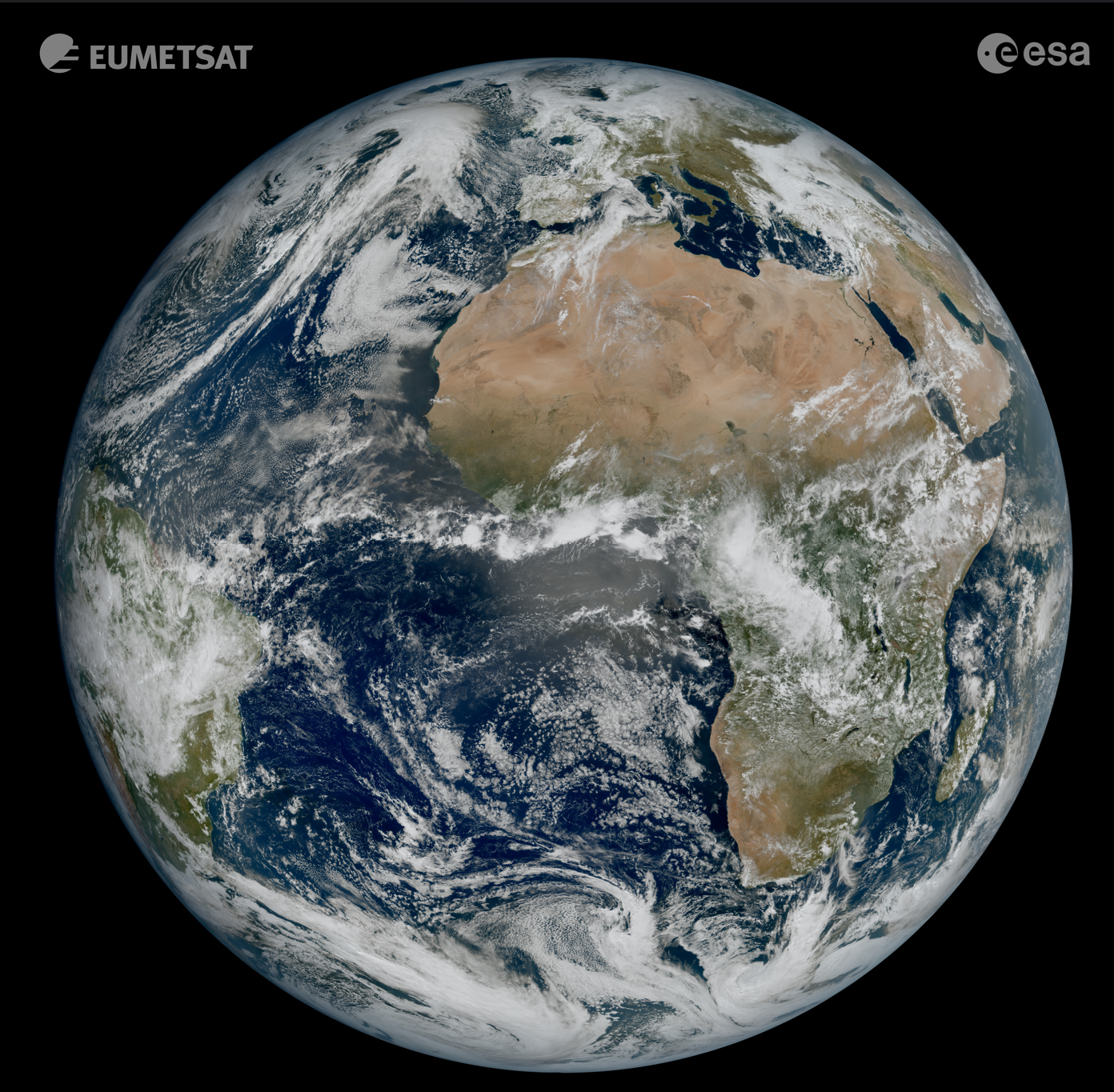Speaker
Description
Satellite megaconstellations (SMCs) are driving a rapid increase in rocket launch and re-entry rates, emitting pollutants throughout the atmosphere. The environmental cost of SMCs lacks characterization to determine the need for regulation. We utilize a global 3D emission inventory of recent (2020-2022) space activity which distinguishes SMC and non-SMC emissions. We calculate a decade of emissions using trends in propellant consumption and re-entry mass to project separate growth rates in SMC (28% a$^{-1}$) and non-SMC (<20% a$^{-1}$) launches and re-entries. We implement this in the GEOS-Chem chemical transport model coupled to a radiative transfer model to characterize impacts of SMCs and all mission types on atmospheric composition and climate. By 2029, global chemical loss of stratospheric ozone from all mission types, dominated by chlorine from solid propellant, is small (0.03%) compared to regulated sources (2%). SMC missions predominantly use kerosene-fueled rockets that do not emit chlorine, so only account for 10% of all-mission ozone depletion. Kerosene is a large source of black carbon (BC) that, by 2029, induces instantaneous radiative forcing per mass unit BC emitted that is more than 500 times greater than BC forcing from Earth-bound sources. Unlike surface sources, BC emissions from rockets behave like proposed geoengineering strategies: a positive instantaneous top-of-the-atmosphere (TOA) forcing (6.47 mW m$^{-2}$) and a negative stratospherically adjusted forcing (-6.40 mW m$^{-2}$). SMCs account for more than half (56%) the instantaneous forcing and 42% the stratospherically adjusted forcing. Additional measurements from plume transects, satellite data and laboratory studies are crucial for constraining and validating our model findings.

